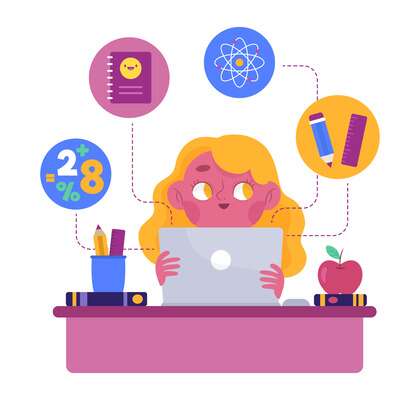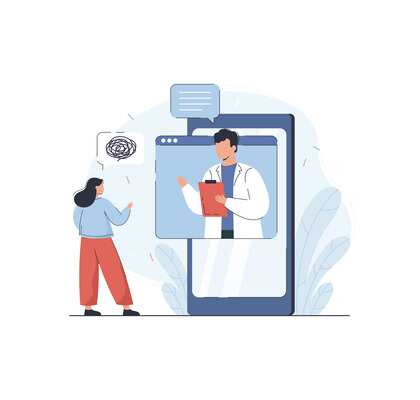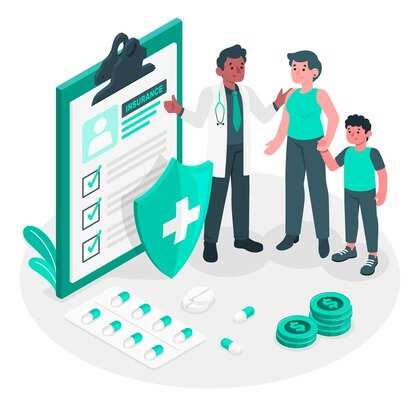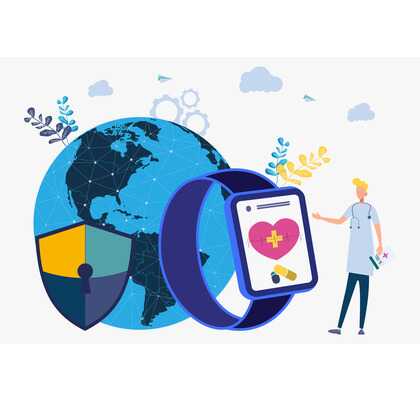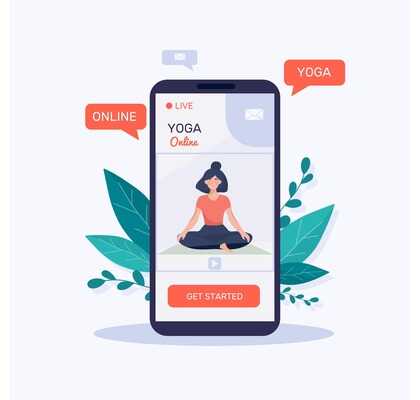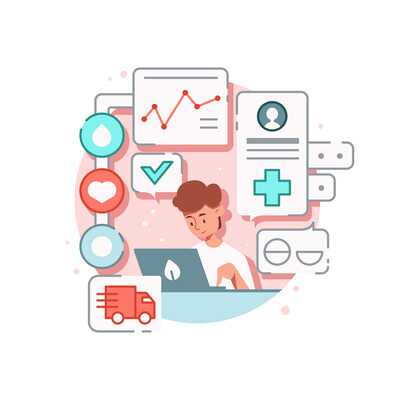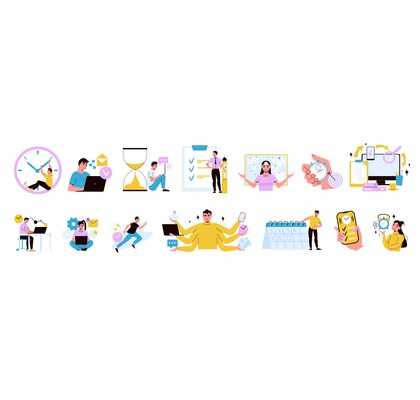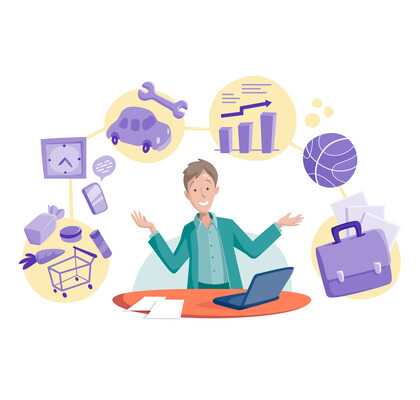Travel Photography: Tips for Capturing Stunning Moments
Travel photography allows you to document and share your experiences with others, preserving memories and capturing the essence of the places you visit. Whether you’re a professional photographer or an enthusiast armed with a smartphone, these tips will help you capture stunning moments during your travels. From choosing the right gear to editing and sharing your photos, this article will guide you through the process. Having the right equipment is essential for travel photography. While smartphones can capture impressive photos, investing in a good camera and lenses can significantly enhance the quality of your images. Consider the type of photography you’ll be doing and choose a camera that suits your needs, whether it’s a compact point-and-shoot or a DSLR. Composition is key to creating visually appealing photographs. Learn about the rule of thirds, leading lines, and symmetry to compose your shots effectively. Experiment with different perspectives and angles to add depth and interest to your images. Lighting can make or break a photo. When shooting outdoors, take advantage of natural lighting, such as the soft golden light during sunrise or sunset. Avoid harsh midday sunlight, which can create harsh shadows and overexposed areas. If you’re photographing indoors, look for well-lit areas or use artificial lighting sources. Don’t be afraid to get down low or climb up high to find unique perspectives. Changing your vantage point can add creativity and novelty to your travel photos. Experiment with different angles, such as shooting from ground level or capturing aerial views from a higher vantage point. Travel photography is about capturing genuine emotions and experiences. Be observant and patient, waiting for the right moment to click the shutter. Candid shots often tell more engaging stories than posed photos. Try to capture people in their natural environment, engaged in daily activities or celebrating local traditions.
Travel photography captures moments that become lifelong memories, allowing us to revisit the world with every glance.
– Sophia Thompson Leading lines and framing techniques can guide the viewer’s eye and add depth to your photos. Look for natural lines, such as roads, fences, or architectural elements, that lead towards your main subject. Use frames within the frame, such as archways or windows, to create a sense of depth and context. Sometimes, the beauty lies in the details. Look for interesting textures, patterns, and colors that capture the essence of a place. Focus on unique architectural features, local cuisine, or intricate craftsmanship. These details can help you tell a more comprehensive story through your photographs. Challenge yourself to see things differently by experimenting with various perspectives. Get close to your subject for intimate shots, or step back and capture the surroundings. Play with different focal lengths, such as wide-angle lenses for expansive landscapes or telephoto lenses for isolating subjects. People and culture play a vital role in travel experiences. Include locals or fellow travelers in your photos to add a human element and a sense of scale. Respect the privacy and customs of the people you photograph, and always seek permission when necessary. Each travel photograph should tell a story or evoke emotions. Think about the narrative you want to convey through your images. Consider the sequence of your photos to create a cohesive visual story that transports viewers to the destination and immerses them in your travel experiences. Before you embark on your journey, research your destination. Learn about its culture, history, and iconic landmarks. This knowledge will help you identify unique opportunities for capturing compelling images. Look for off-the-beaten-path locations or lesser-known viewpoints that offer a fresh perspective. Patience and observation are essential qualities for a travel photographer. Take the time to understand your surroundings, study the light, and anticipate interesting moments. Sometimes, the best shots come when you least expect them, so be prepared and ready to capture fleeting moments. Editing is a crucial step in the digital photography workflow. Use editing software to enhance your images, adjusting brightness, contrast, colors, and sharpness. Be mindful not to overdo it; aim for a natural-looking result that enhances the beauty of your photographs. Once you have a collection of stunning travel photos, share them with others. Create an online portfolio, share them on social media platforms, or submit them to travel magazines and websites. Engage with the photography community and seek feedback to further improve your skills. Travel photography is an art that allows you to capture the essence of your journeys and share them with the world. By following these tips, you can elevate your photography skills and capture stunning moments that transport viewers to the places you’ve explored. Remember to enjoy the process, immerse yourself in the culture, and let your creativity shine through your photographs.Introduction
Choose the Right Gear
Understand Composition
Utilize Natural Lighting



Explore Different Angles
Capture Authentic Moments
Use Leading Lines and Framing
Pay Attention to Details
Experiment with Perspectives
Incorporate People and Culture
Tell a Story
Research Your Destination
Be Patient and Observant
Edit and Enhance Your Photos
Share and Showcase Your Work
Conclusion








